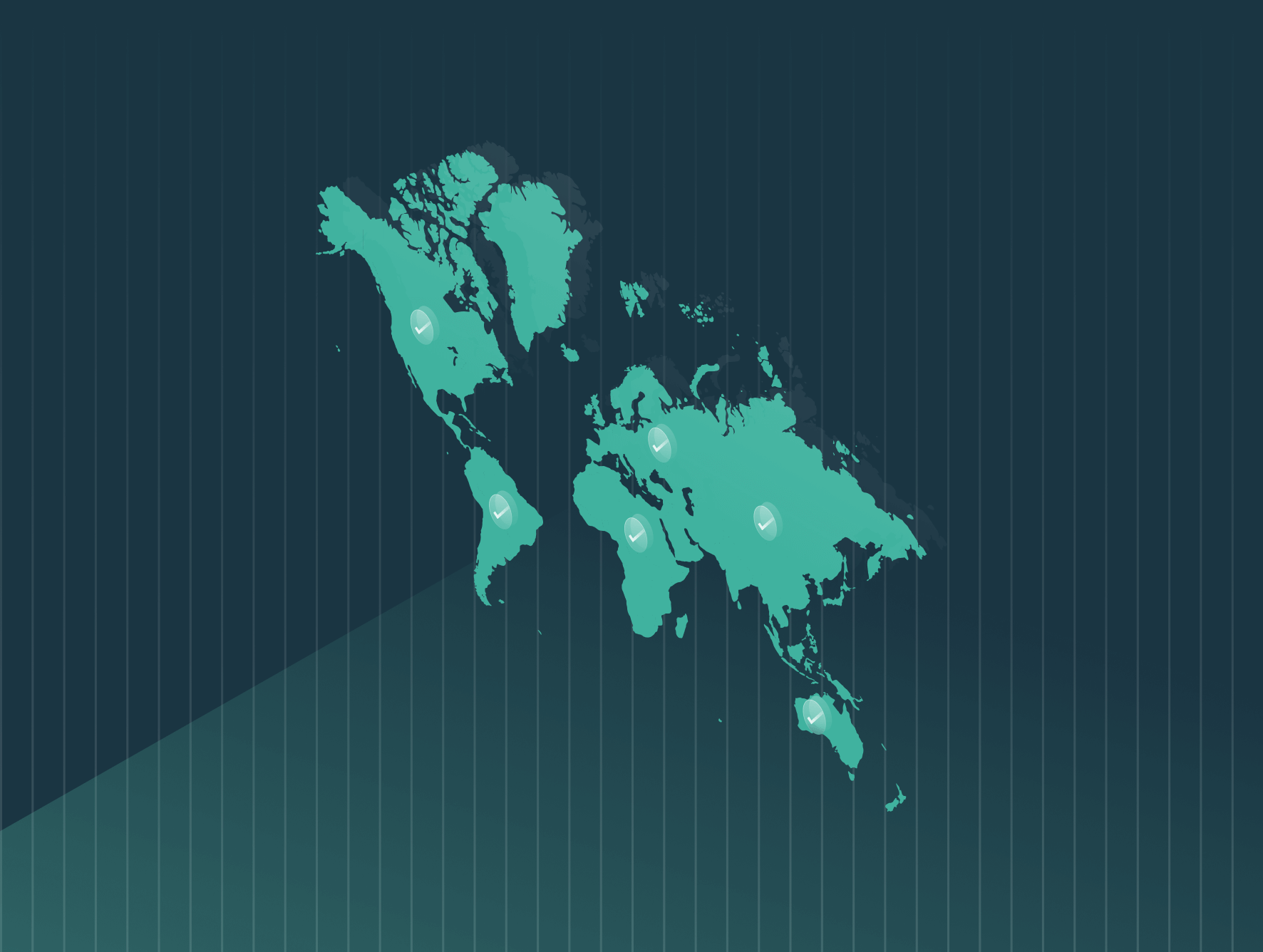The United States isn’t the only country where gender pay practices have long come under fire for being unfair—with women historically demonstrated as the loser in equal pay battles. The European Union (EU) has grappled with its own inequities.
As in the US, while laws related to equal pay have been in place for decades—in Europe since 1957—disparities continue. Women earn about 13 percent less than men in the EU, according to Politico. In March 2023, the European Parliament approved pay transparency rules in an effort to address these inequities.
The EU Pay Transparency and Pay Data Reporting Directive will introduce binding pay-transparency rules across the EU to tackle the gender salary gap. The directive primarily includes measures related to Pay Transparency, Pay Data Reporting, applicable reporting entities, and enforcement and penalty mechanisms. It also includes measures related to the intersection between Pay Equity measures and the GDPR, as well as procedural requirements related to enforcement, such as the shifting of the burden of proof.
Not only will employers in the EU be required to be more transparent about their pay practices and salaries, but they’ll also be required to fix any identified gender-based disparities. In addition, the directive recognizes those who identify as non-binary as a protected class
Next Steps
Companies required to follow the regulations under the EU’s Pay Transparency and Pay Data Reporting Directive are those with more than 100 employees. The EU’s next steps include:
- The measure will need to be formally adopted by the Council of the EU, which is expected to happen this spring
- Once adopted, EU countries will have three years to update their national legislation to insert the new rules
In anticipation of these requirements, organizations should be acting now to conduct pay equity audit analyses and take any necessary remediation steps.
Here we take a look at the new directive and its high-level compliance requirements.
Pay Transparency
EU employers will be required to provide a salary range for positions that candidates apply for in job vacancy notifications or before job interviews. The directive also bans employers from inquiring into job applicant’s previous salaries.
Employees will be able to ask employers for information on individual pay levels and averages, by gender, for employees doing the same, or same value of work. This information must be provided within two months from the date of request.
In addition, employers will be required to provide employees with the criteria used to establish their pay, pay levels, and career progression (those with 50 or fewer employees may be exempted from providing career progression criteria).
Pay Data Reporting
Employers will be required to report gender pay gaps and median gender pay gaps in complementary or variable components; the proportion of female and male workers receiving complementary or variable components; the portion of female and male employees in each quartile pay band; gender pay gaps by worker categories or ordinary basic salary and complementary or variable components.
Applicable Reporting Entities
Initially, employers with 250 or more employees will be required to publish information about pay gaps. After five years, this will impact employers with more than 100 employees.
If employers’ reporting indicates a pay gap of 5% or more and they are not able to justify that gap objectively, they will be required to conduct a pay assessment.
Enforcement and Penalty Mechanisms
Employees who have been impacted by pay discrimination will be required to be compensated for these discrepancies. Recovery will include both full recovery of back pay and any related bonuses or in-kind payments.
It will be up to member states to establish specific penalties and fines that will apply to any breaches.
Pay Equity and the GDPR
Companies also must abide by data privacy regulations under the GDPR, which distinguishes between processing personal and sensitive personal data. Much of the data collected through companies’ DEI efforts, for instance, is classified as sensitive personal data. Exemptions may be made with the explicit consent of the employee or applicant or when required to carry out the rights of the controller of the data.
Procedural Requirements for Enforcement
Employers must inform employees of their rights under the Pay Transparency directive annually.
Workers’ representatives and equality bodies will be able to act on behalf of employees in proceedings (judicial or administrative). They may also take the lead in seeking collective action on equal pay.
Employers, not employees, have the burden of proof for providing that there has been no discrimination in establishing pay.
While employers have some time before these requirements will take effect, now is the time to take action by analyzing your compensation practices to proactively identify pay disparities. Trusaic’s PayParity can help companies analyze their internal pay equity, establish equitable salary ranges for each job, and address pay disparities based on gender, race, and other factors.








